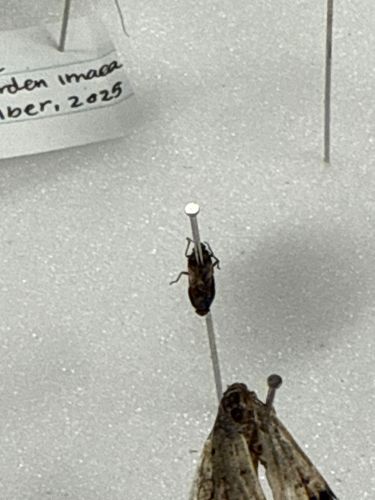Ant
Scientific Name: Formicidae
Order & Family: Hymenoptera, Formicidae
Size: Typically 2 to 20 mm, but some species can be larger.

Natural Habitat
Highly adaptable, ants can be found in almost all terrestrial habitats worldwide, from forests and deserts to urban environments. They typically build nests in soil, under rocks, in wood, or even in human structures.
Diet & Feeding
Highly varied and depends on the species. Many are omnivores, feeding on nectar, seeds, fungi, insects (living or dead), and honeydew produced by aphids. Some are specialized predators or fungus farmers.
Behavior Patterns
Ants are eusocial insects, living in colonies with a strict division of labor including queens, males, and sterile female workers. They exhibit complex social behaviors like cooperative foraging, nest building, and defense. Communication often involves pheromones.
Risks & Benefits
Benefits include aeration of soil, seed dispersal, and pest control (preying on other insects). Risks can include structural damage to homes (e.g., carpenter ants), contamination of food, and painful stings (e.g., fire ants) in some species.
Identified on: 9/19/2025